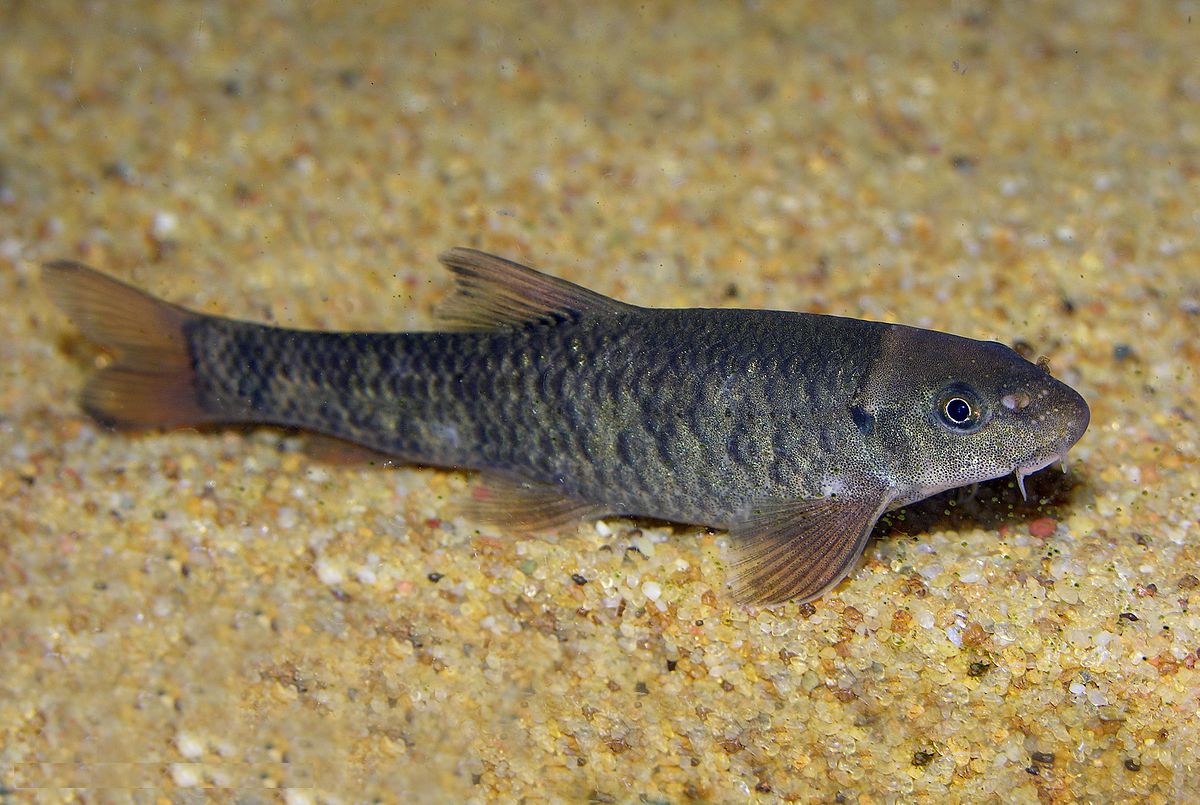Summary of Redtail Garra, New Fish Species, Discovered By Scientists:
Scientists have discovered a new fish species, the redtail Garra, which has been prominent in the aquarium trade. This fish species, which feeds on algae, has been restricted to a small river bordering Thailand and Myanmar. Despite its popularity in the aquarium trade, the redtail Garra has remained relatively unknown due to its isolated habitat. Researcher Larry Page discovered the fish species during fieldwork in Thailand. Little is known about the biology and relationships of the redtail garra and other species in the Garra genus. The redtail garra is known to feed on algae but consumes meaty foods and fruits and vegetables. The species is described as peaceful and suitable for larger community tanks. The sexual reproduction of this species is still unknown.
*****
Redtail garra, a new fish species recently discovered by scientists, has caught the attention of both aquarium enthusiasts and researchers alike. This unique species, which has long been popular in the aquarium trade, was found in a small area along the border between Thailand and Myanmar. Despite their global appeal, these retail areas have remained relatively obscure in the isolated Ataran River basin.
This new species was discovered by Larry Page, the curator of ichthyology at the Florida Museum of Natural History, during his annual survey of fishes in Thailand. While conducting fieldwork along the Kasat River, Page encountered a few redtail garras and was initially under the impression that they were widespread in Myanmar due to their popularity in the aquarium trade. However, further investigation revealed they were confined to the Ataran River basin.
Redtail garra belongs to the genus Garra, which includes nearly 200 other species. This genus is known to be one of the world’s most diverse and widely distributed fish groups. Redtails are unique because they lack stomachs and have a snout encrusted with modified and hardened scales called tubercles.
These fish can be found in streams and rivers from western Africa to China. However, their distribution and relationships with other Garra species are poorly understood. Most garras, including redtails, are adapted to fast-moving water and possess a disclike structure formed by modifying their lower lip. This structure allows them to cling to rocks and maintain their position in the water column while they feed.
Redtail Garra is known to feed on algae, but they are not strictly herbivorous. Studies have shown that they consume meaty foods such as live or frozen chironomid larvae (bloodworm), Tubifex, Artemia, and chopped prawns. Additionally, they can be given fresh fruits and vegetables like cucumber, melon, blanched spinach, or courgette. Some homemade recipes, which include a mixture of dried fish food, puréed shellfish, and fresh fruits and vegetables bound with gelatine, can also be given to these fish.
Regarding behavior, redtail garra is relatively peaceful and does well in larger community tanks with other Indochinese species. However, their sexual reproduction remains unknown and requires further study.
The discovery of this new fish species highlights the vast and diverse world of undiscovered aquatic life. By studying and understanding these unique creatures, researchers can contribute to their preservation and the conservation of their habitats. The redtail garra serves as a reminder of the fascinating and often unexpected discoveries that can be made in zoology.
In conclusion, the recent discovery of the redtail garra, a new fish species found on the border between Thailand and Myanmar, has sparked interest among aquarium enthusiasts and scientists. These unique fish, previously prominent in the aquarium trade, have remained relatively unknown due to their restricted habitat. The lack of information about their distribution and relationships within the genus Garra adds to their mystique. By studying this new species, researchers can shed light on the hidden wonders of the natural world and further our understanding of aquatic ecosystems.


